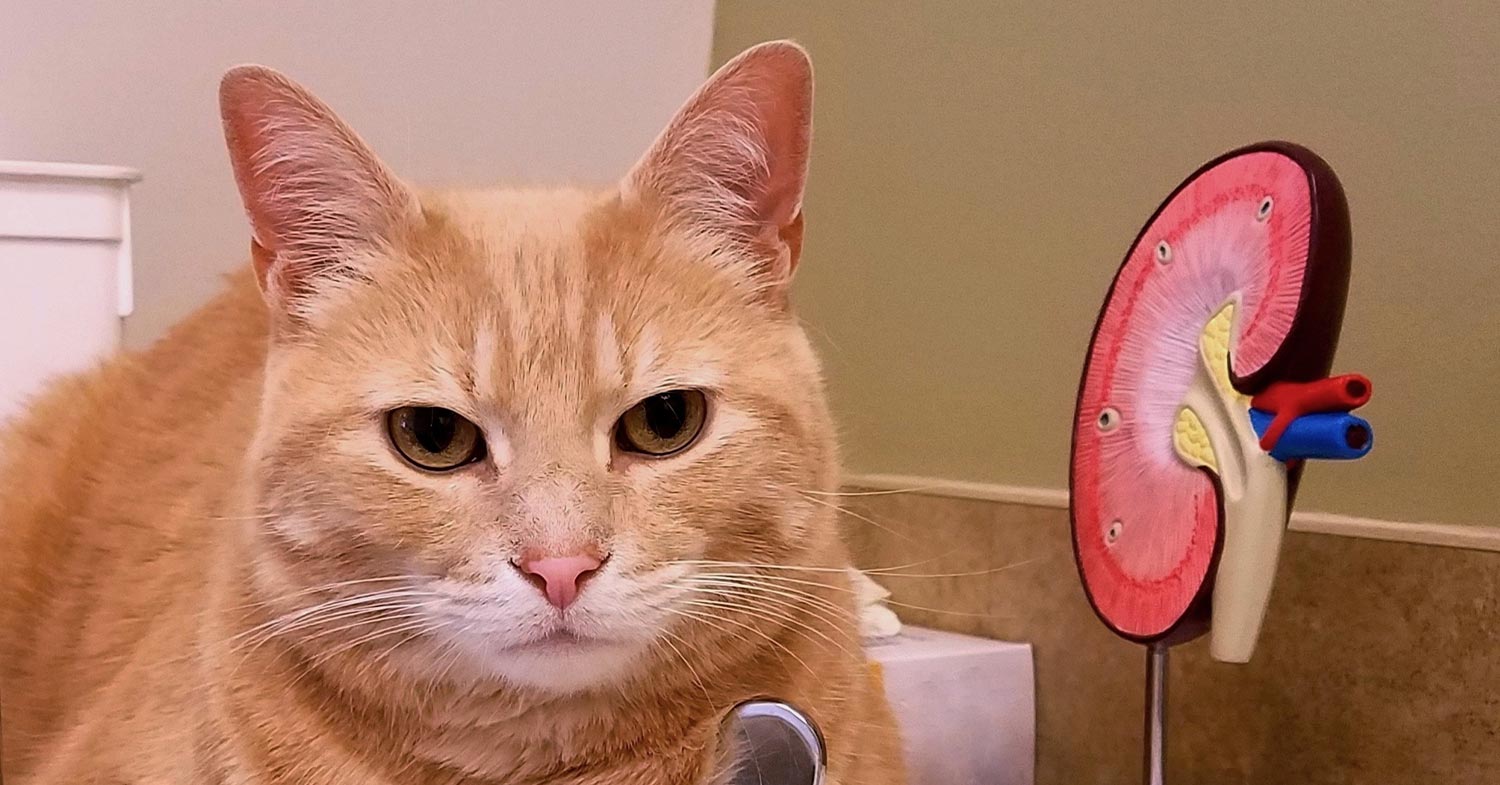Urology
Content on the management of urinary system disorders, including urinary tract disease and kidney disease.
Marge Chandler outlines the factors involved with treating this condition early on and at different stages.
Ahead of her lecture in the urinary surgery stream at BSAVA Congress, Rosanne Jepson describes the types of stones commonly found in the upper and lower feline urinary tracts, as well as clinical presentations, diagnostic options and medical management…
Francesco Cian continues his Diagnostic Dilemmas series by describing the case of a Labrador retriever with a week’s history of pollakiuria and stranguria.
Following last week’s introduction on the effects and causes of hyperkalaemia, Gerardo Poli focuses on management options available.
In a new series, Gerardo Poli explores the common causes of hyperkalaemia and how to manage this using fluid therapy and medications.
Laura Bree outlines initial symptoms of this condition in cats and dogs, helping vet surgeons spot it before it develops.
Helen Sumner recalls two patients suffering from this rare condition, and the steps taken to diagnose and treat them.
Sarah Caney notes research updates on this condition, and explains how professionals can support pets and pet owners.
Dan O'Neill and Camilla Pegram detail the results from a VetCompass paper exploring the prevalence and risk factors associated with this issue.
From the Vet Times Diagnostic Dilemmas series – Francesco Cian focuses on the case of a 10-year-old mixed‑breed dog that presented for evaluation of haematuria and dysuria.
Sarah Caney discusses assessment recommendations for this common illness in senior cats, as well as strategies to slow its progression.
Older animals presenting with renal disease often do so because of other clinical issues. Simon Tappin, head of internal medicine at Dick White Referrals, talks us through some of the diagnostic challenges.
Simon Tappin reviews the treatment options for this issue in dogs and cats, as well as the challenges they present.
Alastair Mather and Jon Hall discuss the initial presentation of this issue in canine and feline patients, as well as decision-making for surgery.
Abi Charteris explains the vital role nurses can play in early detection and subsequent management of acute and chronic forms of this condition in companion animals.
Alix McBrearty describes methods of detecting renal conditions, including blood and urine testing, as well as imaging.
Sarah Caney describes how accurate diagnosis of urinary disorders in patients is often vital to successful management.
Andrea Holmes looks at this condition in a canine patient, and outlines recommended management and monitoring.
Emma Gerrard explores two forms of this inflammatory condition – idiopathic in cats and bacterial in dogs – as well as what helps resolve them.
From his Vet Times Cytology Corner series: Francesco Cian studies an image from a urine sediment – and subsequent urinalysis – from an adult male cat with acute history of vomiting and oliguria.

